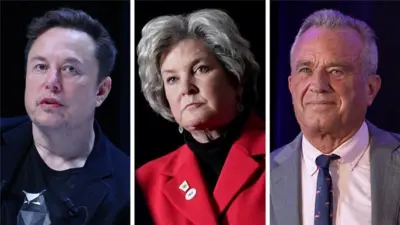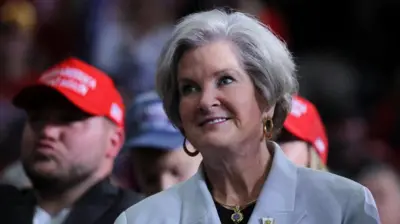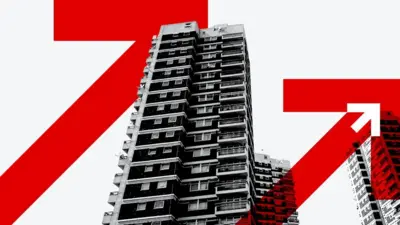We've updated our Privacy and Cookies Policy
We've made some important changes to our Privacy and Cookies Policy and we want you to know what this means for you and your data.
Yasukuni Shrine: Japan's ex-PM Abe visits controversial memorial
Image source, Reuters
Japan's former prime minister, Shinzo Abe, has visited a controversial war memorial just days after stepping down.
Mr Abe posted a picture of himself at the Yasukuni Shrine, telling his followers he had gone there to inform the spirits of his resignation.
He largely stayed away from the shrine, which honours Japan's war dead, but also convicted war criminals, during his time as prime minister.
Mr Abe's 2013 visit angered China and South Korea.
Japan's occupation of its two neighbours ended with its defeat in 1945 and the conclusion of the Second World War.
Visits by Japan's leaders to the shrine have previously been seen as a lack of remorse for its militaristic past. Neither China nor either of the Koreas has reacted to this latest visit as yet.
As prime minister, Mr Abe sought to revise Japan's pacifist post-war constitution to include a paragraph formally legitimising the military. However, he was unsuccessful.
He resigned as prime minister - a role he had held since 2012 - last month, saying he had health difficulties. His former chief cabinet secretary, Yoshihide Suga, was elected as his replacement last week.
It's unclear how Mr Suga will approach the sensitive topic, but as government spokesman he defended Mr Abe's right to visit the shrine, saying Japan had recognised its war-time atrocities.
What is the Yasukuni Shrine?
- Built in 1869 under the Emperor Meiji
- Venerates the souls of 2.5 million war dead
- Those enshrined include hundreds of convicted war criminals, among them war-time leader Hideki Tojo, executed in 1948
- Shrine organisers stress that many thousands of civilians are honoured
- China and South Korea see the shrine as a glorification of Japanese atrocities
- Read more:Japan's Yasukuni shrine
Top Stories
More to explore
Most read
Content is not available








